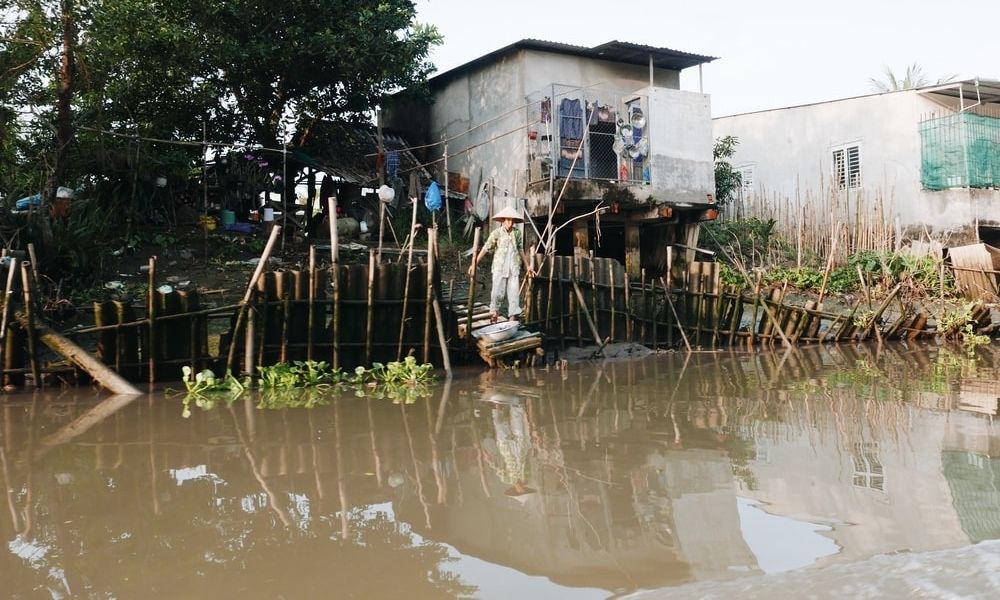
Credits: Unsplash
Global Warming To Alter Indian Monsoon For Heavier, Dangerous Rainfalls: Study
Writer: Anisha Jain
She is a perseverant individual, committed towards learning and bettering herself. Her sincere goal is to be able to deliver worthwhile contributions by doing needful, constructive, and sensible work. A diligent person at core, She tend to let her inquisition help in this pursuit. Additionally, she can also be found equally invested in my passion for exploration, and travel. Also, she never misses an opportunity to have fun.
India, 9 Jun 2021 1:40 PM GMT
Editor : Ankita Singh |
A literature lover who likes delving deeper into a wide range of societal issues and expresses her opinions about the same. Keeps looking for best-read recommendations while enjoying her coffee and tea.
Creatives : Anisha Jain
She is a perseverant individual, committed towards learning and bettering herself. Her sincere goal is to be able to deliver worthwhile contributions by doing needful, constructive, and sensible work. A diligent person at core, She tend to let her inquisition help in this pursuit. Additionally, she can also be found equally invested in my passion for exploration, and travel. Also, she never misses an opportunity to have fun.
Climate change adversely affecting the monsoon season in India will lead to increased floods and a worsened agricultural produce.
The Indian monsoon, which has been experiencing a change of patterns over the last couple of years is likely to become a concern in the coming times.
According to the findings of recent research, it is believed that the monsoons will become even wetter and much more dangerous with the increasing effects of global warming climatic disruptions in the world.
The research, led by Professor Steven Clemens of Brown University, from the Department of Earth, Environmental and Planetary Sciences, analysed 200-meter long core mud samples recovered from the Bay of Bengal to conclude the findings.
The team of researchers drilled into the Indian mud during a two-month research tour on a converted oil-drilling ship called the JOIDES Resolution. The samples were subjected to intensive scrutiny to analyse the Indian monsoon. The fossils of plankton that were embedded in the sample had been sedimented after their death over a period of hundreds of years. The study of these revealed that the salinity of the water had been reducing as monsoon rains put more freshwater into the bay.
As per the research, the high rainfall and low salinity is a result of a prolonged period of higher carbon dioxide concentration in the atmosphere and lower levels of global ice volumes.
We can verify over the past million years that increase in carbon dioxide in the atmosphere have been followed by substantial increases in rainfall in the South Asian monsoon system. The predictions of the climate models are wonderfully consistent with what we see in the past million years," said Professor Clemens as reported by India Today.
This reveal is a cause of concern for the Indian subcontinent as it does not only pose a threat of increased floods in several parts of the country but also risks the seasonal harvest critically, affecting the agrarian economy adversely.
Also read: Despite Pandemic, Carbon Dioxide Levels Are At All-Time High
 All section
All section














